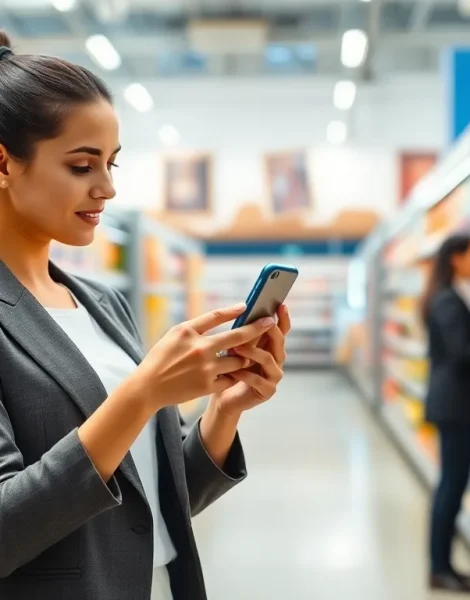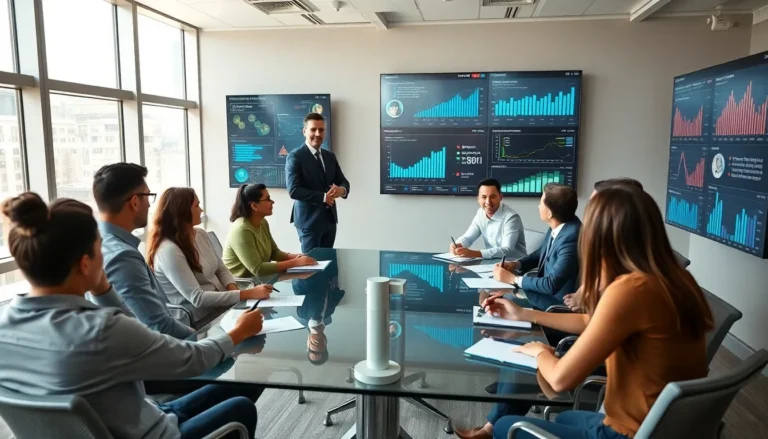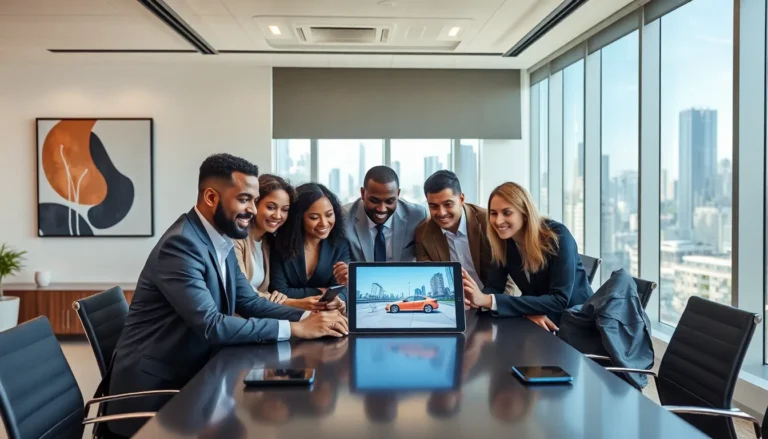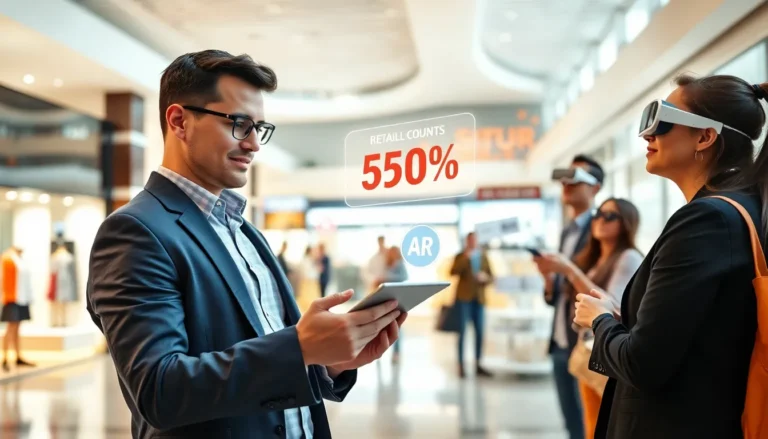Ever wished your product packaging could do more than just hold your items? Well, welcome to the future where packaging comes alive with augmented reality. Imagine scanning a box of cereal and getting a mini-experience of how the farm-to-table journey is made. From interactive storytelling to engaging educational content, augmented reality (AR) packaging is turning dull cardboard into dynamic dialogues. Ready to explore this game-changing technology? Buckle up, because we’re about to jump into some of the most exciting examples and insights.
Table of Contents
ToggleWhat Is Augmented Reality Packaging?
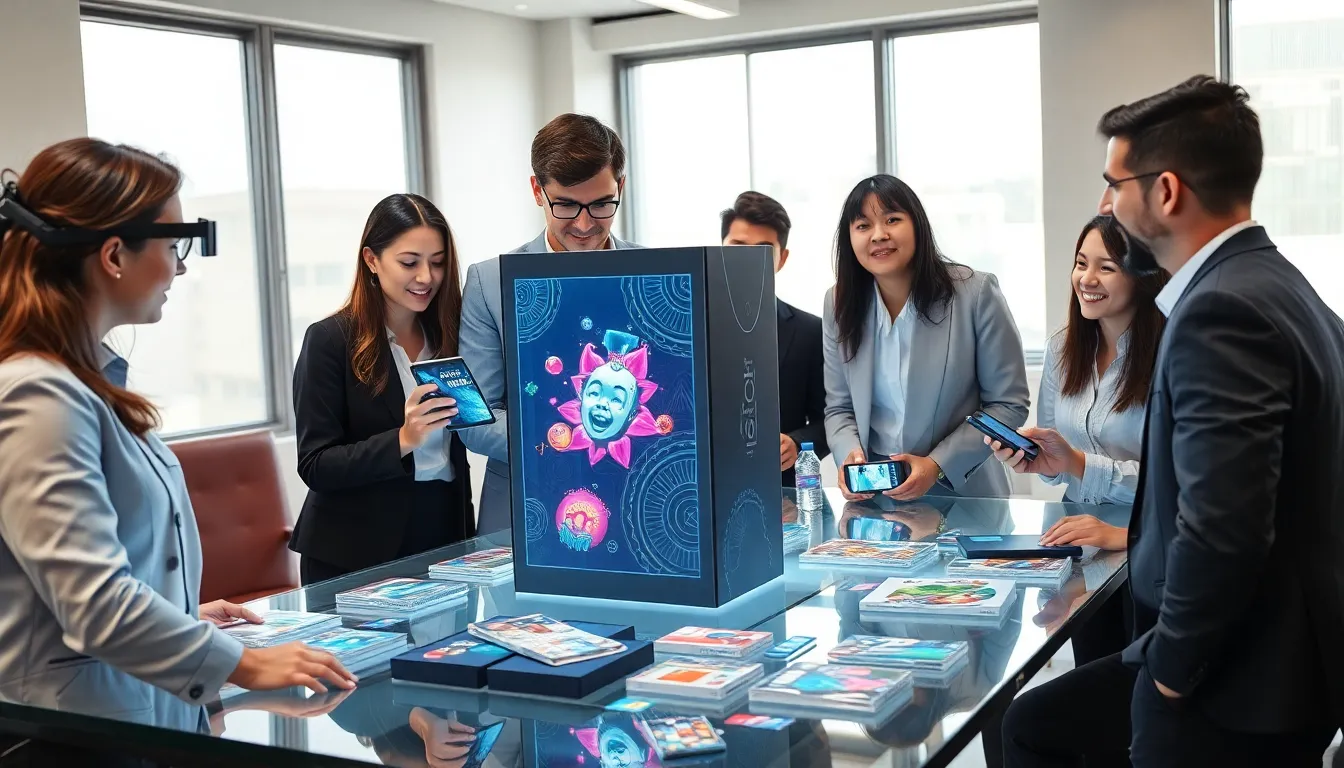
Augmented reality packaging refers to the integration of digital content and interactive elements into physical packaging. This technology enhances the consumer’s experience by layering animations, videos, 3D models, or other digital innovations over the packaging through a smartphone or AR glasses. When consumers scan the package with their devices, they are shown information or experiences related to the product in real time, bridging the gap between physical and digital worlds. Imagine the ability to visualize how a product is made, watch it being used, or even experience a virtual unboxing, all through the packaging itself.
Benefits of Augmented Reality in Packaging
The benefits of augmented reality in packaging are as diverse as the products they enhance. Here are some key advantages:
Enhanced Consumer Engagement
AR creates memorable interactions, making consumers excited about a product. Instead of just a label to read, tired shoppers get a story to watch.
Improved Brand Storytelling
Companies can communicate their brand message effectively. This helps convey values such as sustainability or craftsmanship in a more engaging way.
Increased Knowledge and Information
People love being informed. AR can provide detailed insights about ingredients, usage instructions, or even certifications, leading to more informed purchase decisions.
Differentiation in a Crowded Market
In a saturated market, standing out is crucial. Adding AR features can make a product more appealing, attracting tech-savvy consumers looking for innovation.
Boost in Sales and Conversion Rates
Research indicates that engaging customers with AR can lead to higher sales. When consumers have a unique experience, they’re more likely to reach for the product on the shelf.
Innovative Augmented Reality Packaging Examples
Various brands have embraced augmented reality packaging, showcasing extraordinary creativity. Here are some standout examples:
Coca-Cola
Coca-Cola launched its AR campaign using its iconic bottles. When users scanned the logo, they were treated to an engaging world of animations, games, and experiences tied to the brand’s messaging, creating a fun and immersive experience that aligned with their youthful ethos.
Toberlone
Ever wanted a three-dimensional glimpse into the Toblerone mountain? Well, Toblerone made it possible. By scanning the wrapper, consumers could enjoy an immersive experience, allowing them to explore the scenic Swiss Alps virtually, bringing the chocolate’s origin story right to the consumer’s hands.
19 Crimes Wine
19 Crimes turned bottle labeling into a storytelling mechanism. Each wine bottle features a criminal from history who narrates their story when scanned with an app. This interactive feature allows consumers to engage deeply with the product, making their wine selection informative and entertaining.
Lay’s Chips
Lay’s launched a campaign allowing consumers to scan bags for exclusive AR content. Whether it was challenges or fun games, the bags became interactive portals that drew young snack enthusiasts in while providing them with endless entertainment.
How Augmented Reality Is Transforming Consumer Experience
The arrival of augmented reality packaging is revolutionizing the consumer experience in several intriguing ways. For one, it promotes deeper connections between brands and consumers, turning mundane shopping into interactive adventures. AR experiences can engage customers emotionally, helping them connect with brands on a personal level.
Also, AR offers present-day consumers a sense of empowerment. They love to know what they’re buying. With AR, shoppers access product information instantly, leading to more educated purchasing decisions. This newfound knowledge can boost consumer trust, especially as shoppers prioritize transparency in today’s marketplace.
Also, AR systems foster community engagement. Brands can host AR-driven campaigns that encourage sharing experiences on social media, helping products go viral. As customers engage with the product through their devices, they’re not just passive consumers, they’re becoming champions of the brand.
Challenges and Considerations for Brands
Adopting augmented reality packaging is not without its hurdles. Here are a few challenges brands face:
Technological Limitations
Not all consumers have advanced smartphones or access to AR technology. Brands need to consider their audience when developing AR solutions to keep inclusivity in mind.
Cost of Development
Creating high-quality AR experiences often involves significant investment. Small and mid-sized businesses might struggle to justify these costs at an early stage.
Need for Constant Updates
AR experiences require regular updates to keep content fresh. Failing to do so can lead to consumer disillusionment, as repetitive content loses its engagement factor over time.
Designing User-Friendly Experiences
Balancing innovation with usability is crucial. If an AR experience is too complex, it may frustrate potential users. Brands need to strike a balance to ensure the experience is enjoyable and easy to navigate.
The Future of Augmented Reality in Packaging
As technology evolves, the future of augmented reality packaging looks bright. We can expect:
Increased Adoption Across Industries
More brands will embrace AR technology as the costs decrease and access improves, especially within industries like cosmetics, fashion, and food.
Integration with Artificial Intelligence
Combining AR with AI could lead to hyper-personalized experiences, adapting content based on consumer preferences and behavior.
Immersive Shopping Experiences
AR could redefine in-store shopping by offering interactive displays and experiences through users’ mobile devices, enhancing the overall shopping environment.
Sustainability Focus
As consumers lean towards eco-friendly products, AR can be used to highlight sustainable practices and materials directly on the packaging, creating a transparent and meaningful consumer journey.

